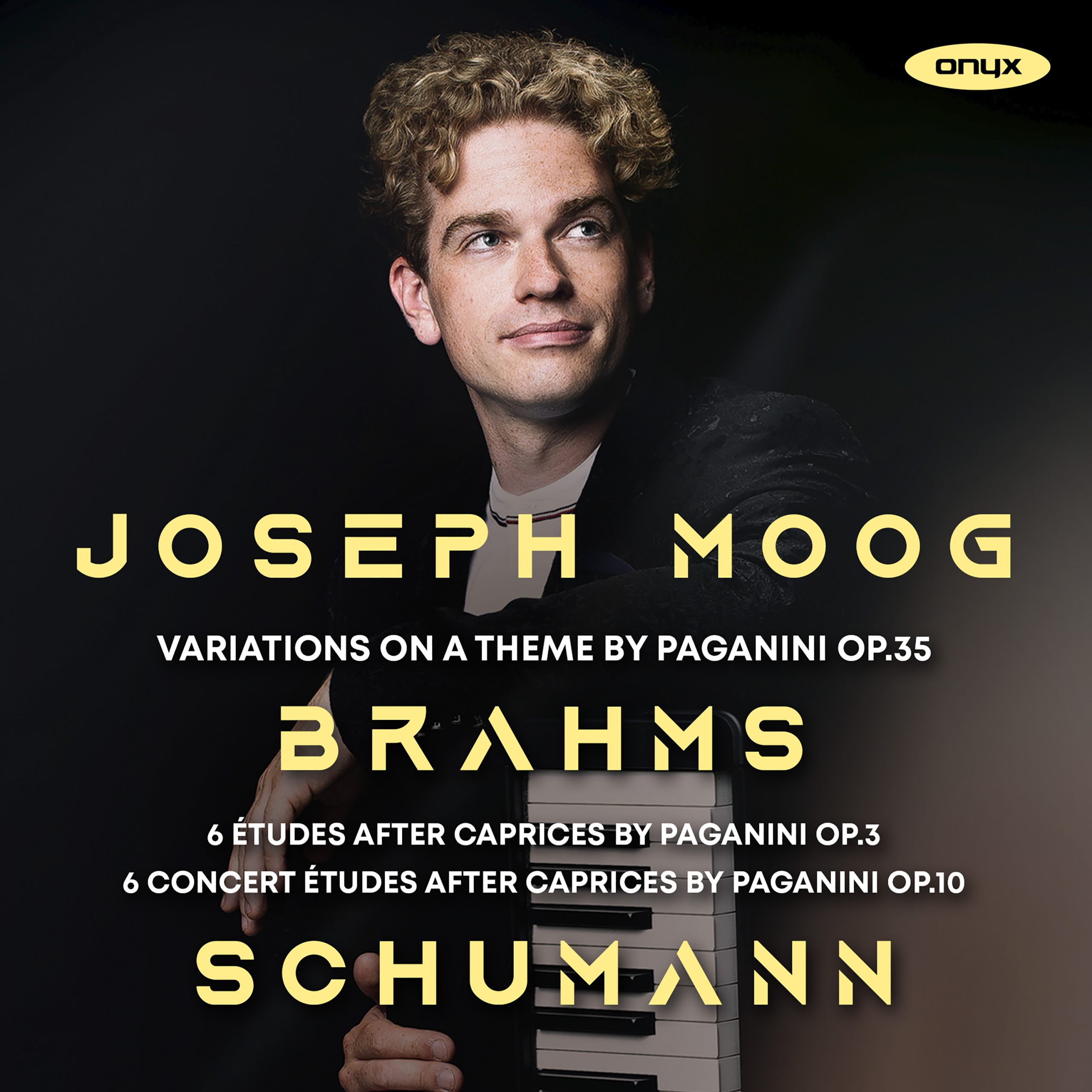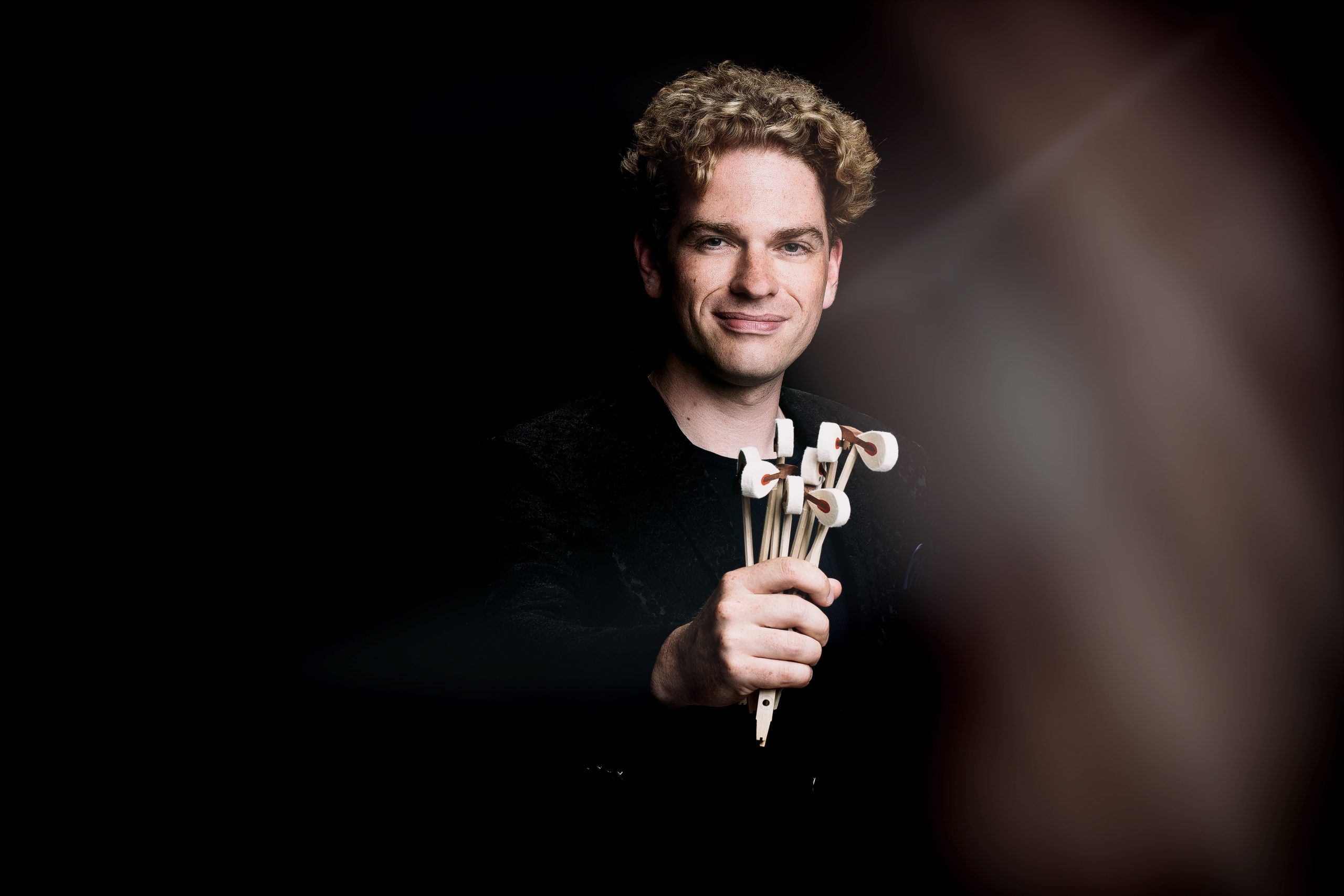ONYX4236
Released 26/11/2021
Paganini’s Caprices have exerted a mesmeric attraction for composers since their publication in 1820 (they were composed between 1802 – 1817). Liszt, Chopin, Berlioz, Rachmaninov to name a few. Schumann’s two sets of Etudes were the result of hearing Paganini play in Frankfurt in April 1830. These early compositions are comparatively rare in performance – they were composed at the same time as the Abegg Variations Op.1, Papillons Op.2, Davidsbündlertänze Op.6, the Toccata Op.7 and the famous Carnaval Op.9. From these early works to his last days in the asylum at Endenich where he composed a piano accompaniment to the 24th Caprice, Paganini was still working his magic on Schumann.
Brahms, also fascinated by Paganini, composed his Variations on a theme by Paganini for the great virtuoso pianist Karl Tausig. Brahms takes the 24th Caprice and turns his ‘Studies for Pianoforte: Variations on a theme by Paganini into a tour de force. ‘Hexenvariationen’ as Clara Schumann called them. Tausig loved them, writing to Brahms ‘I had a devil of a time with them…everyone considers them unplayable’.



